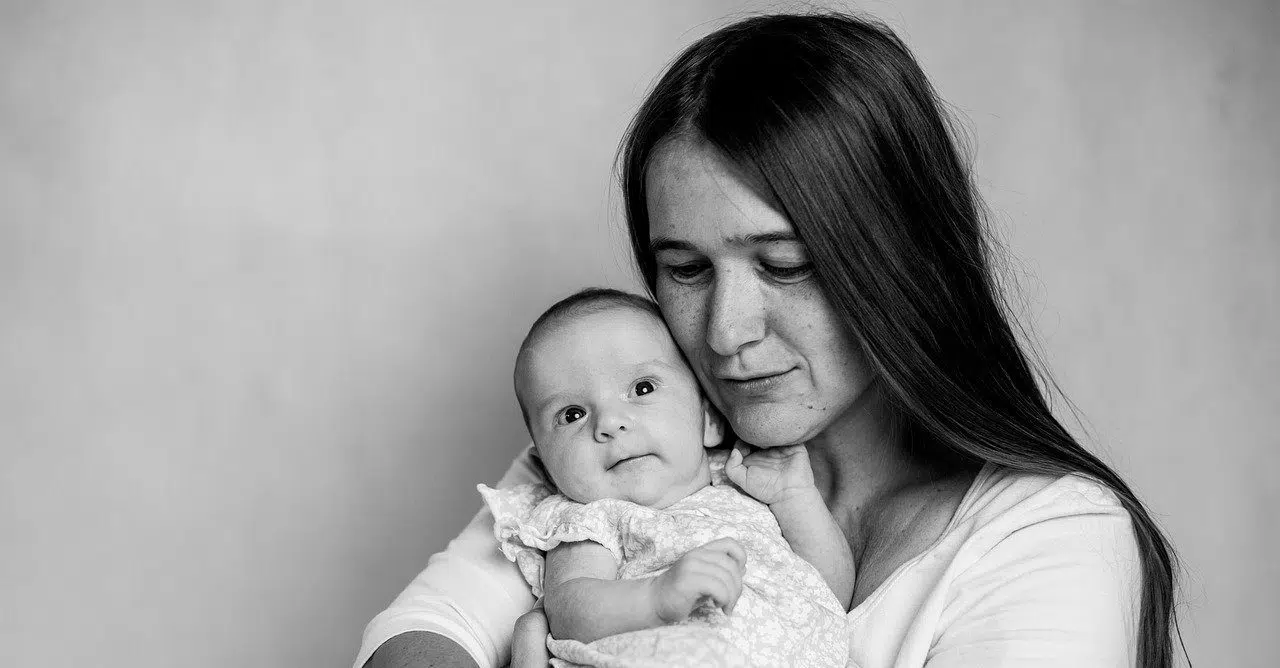Social scientists have long documented that when women are paid to have children out of wedlock, they are more likely to do so.
For example, James Q. Wilson wrote in the Fall 2005 In Character, “A third reason for single-parent families is that, at least in this country, welfare payments have enabled poor women to choose children and government checks over children and a husband. Indeed, evidence now suggests that the availability of welfare payments is associated with out-of wedlock births.”
America’s illegitimacy rate has continued to rise and has reached 40.7% of all births in 2012, according to the Centers for Disease Control (CDCs). The rate among blacks is a disastrous 72.3%, and among Hispanics 53.3%. Though other factors have affected the rise in illegitimacy, such as the increasing social acceptance of out-of-wedlock births, numerous social scientists have demonstrated a strong link between government subsidies for illegitimate children and the propensity of women to have them.
Does this mean that when such subsidies are unavailable, single women are more likely to abort their children since they will not receive state support if they bear them? Do welfare payments, though they may have the unfortunate effect of increasing illegitimacy, save unborn children’s lives?
Welfare Doesn’t Lower (And May Increase) Abortion Rates
Just as real-world evidence shows that access to contraception does not reduce the abortion rate despite seemingly commonsense logic to the contrary, welfare does not reduce the abortion rate, even though many aborting women cite “economic hardship” as the reason for their abortions.
After Catholics in Alliance for the Common Good released a study in August 2008 claiming that more spending on welfare reduced abortion rates, Dr. Michael J. New performed his own analysis on the data that Catholics in Alliance itself had used and came to the opposite conclusion. The author of the Catholics in Alliance study later admitted that his study was flawed but claimed that his conclusions were still valid (see below).
New, an Assistant Professor at the University of Alabama who received his Ph.D. in political science from Stanford and did post-doctoral research at the Harvard-MIT data center, performed three different regression analyses (standard statistical techniques designed to find correlations between different sets of numbers) on the data examining the impact of welfare spending and state anti-abortion laws on the abortion rates of states. The different regressions were meant to see if changing certain assumptions about the data would change the results of the analyses. The primary vehicles, studied by Catholics in Alliance and New, of government welfare programs paying single women to have illegitimate children were Aid to Families with Dependent Children (AFDC) and its successor, Temporary Assistance for Needy Families (TANF).
“The first regression provides little evidence that more generous welfare benefits reduce abortion rates,” wrote New in an October 30, 2008 article for Public Discourse. “The regression results indicate that more state spending on TANF or AFDC actually increases the incidence of abortion. Furthermore, the regression results indicate that Family Caps—policies that do not grant additional welfare benefits to women to have additional children out of wedlock—actually reduce state abortion rates.”
Abortion Rates Decrease as Welfare Decreases
New examined the state-by-state data to see if higher welfare spending was correlated with lower abortion rates.
Welfare reform passed Congress in 1996 reducing welfare benefits, and this was a possible cause of the 15% decline in the national abortion rate between 1992 and 1999. The 1996 law gave states flexibility in implementing their own welfare programs, generating welfare policy differences between the states that can be examined to see if they affected abortion rates.
One possible cause of the national abortion rate drop was the proliferation of state pro-life laws in that decade. Yet another may have been the strong economy of the 1990s. New found that lowered state spending on welfare correlated with lower abortion rates, even after considering other factors.
Decreasing Welfare May Decrease Irresponsible Sexual Behavior
If welfare provides a demonstrated incentive for women to have illegitimate children, then why doesn’t the lack of welfare provide an incentive to avoid having illegitimate children by aborting them in the womb? The scientific data is not clear as to why this is so, but it may be that if women know they will not receive payments for having an illegitimate child, they may be less likely to conceive one in the first place.
Men who know that the state will not defray some of the cost of child support may also be less likely to engage in irresponsible behavior. Just as the contraceptive mentality leads people to rely on abortion as a back-up when contraception fails, thus raising the abortion rate, it may be that the welfare mentality psychologically produces more promiscuity that then leads to more abortions overall instead of fewer.
Examining the Data
New’s study excluded states with unreliable abortion data in order to reduce bias and ran another regression with different assumptions. “[W]hen potentially biased data is removed, the data is weighted by the population of childbearing women, and additional demographic and economic variables are included, the results change,” New reported. “Once again, the variables measuring welfare spending are insignificant.”
In his last regression, New found a very small abortion reduction effect caused by increased welfare. “Interestingly, in the final regression model only 4 of the 24 independent variables achieve conventional standards of statistical significance,” he said. “Two of these four variables measure the effect of pro-life laws. Overall these findings contribute to the body of academic and policy literature which argues that pro-life laws are effective at lowering abortion rates.”
New’s studies have consistently found that state pro-life measures such as informed-consent laws reduce abortion rates effectively, but welfare spending does not.
The author of the Catholics in Alliance study, Political Science Professor Joseph Wright of Penn State University, insists that “more generous income assistance” from the government is correlated with lower abortion rates. In a response to New posted on Catholics in Alliance’s website, he said that he “corrected the analysis” but still found that welfare reduces abortion. Yet even Wright concedes that the abortion rate dropped in the 1990s, when the 1996 welfare reform bill famously limited access to welfare. (Note: Catholics in Alliance supports laws restricting abortion as well as increased welfare for single mothers.)
HLI staff writers bring you stories from the mission field and the latest information on life and family issues. All HLI articles are true to Catholic teaching.












